How ‘Fallout’ Turned the Game’s First-Person Intimacy Into Compelling TV
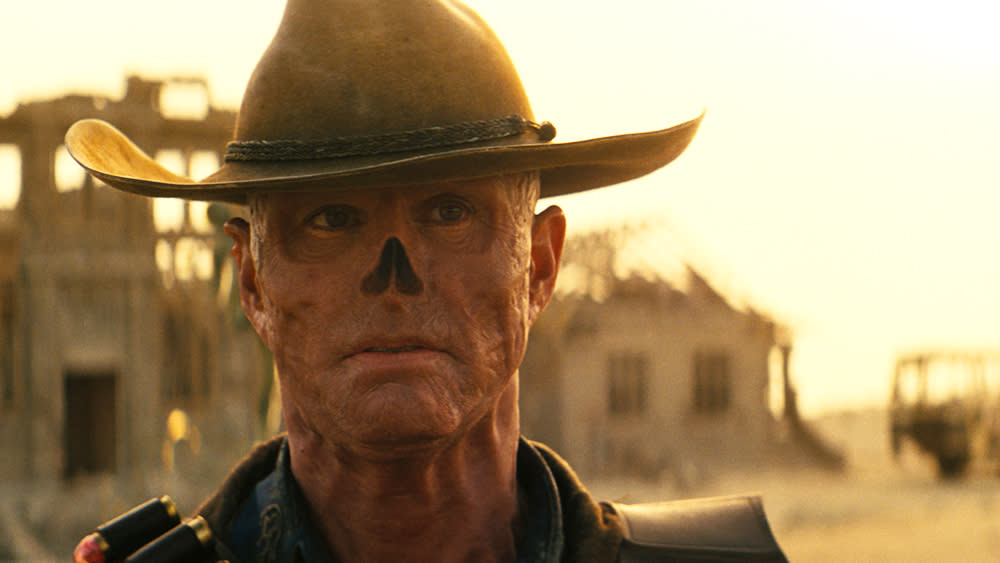
Amazon Prime Video’s “Fallout” created both unusual challenges and endless opportunities for its creative team. The vast world established by the hugely successful video game provided a vivid post-apocalyptic setting and brilliantly conceived creatures and characters but no clear road map for translating the experience of playing the game into the third-person narrative style of television. “Gaming is a more personal experience,” director and executive producer Jonathan Nolan told IndieWire. “Even if you’re playing connected games, for the most part, kids just put their headsets on and play with their friends online.”
The filmmakers’ goal was to take that first-person intimacy and translate it into a series that would be as involving and immersive as the game in its own way, an intention that was ultimately realized by a relatively classical approach to visual storytelling in which Nolan — as is his usual practice — shot on film and built as many sets and creatures practically as possible, both to create a sense of reality for the audience and to facilitate the actors’ best work. “We’re always moving very quickly on set,” Nolan said. “Within that, you have to create the intimacy and the time to make the actors feel like they’re not being rushed.”
More from IndieWire
Even given the epic scale of “Fallout,” that character-based approach informed every craft on the show — composer Ramin Djawadi, for example, built themes specific to each character that then subtly underlined and illustrated how their intersecting relationships were evolving. His challenge was reconciling the world’s disparate components into one unified sound. “There’s a retro vibe, but it’s also futuristic,” Djawadi told IndieWire. “Trying to capture that was not easy.” For cinematographer Stuart Dryburgh, the key was avoiding the usual post-apocalyptic clichés of gloom and doom; he went for a more vivid, immediate look that was another key component in drawing the audience into the story. In the videos below, watch how Nolan, Dryburgh, and Djawadi created a “Fallout” that earns comparison with its source but strikes out in exciting new directions.
The Direction of ‘Fallout‘
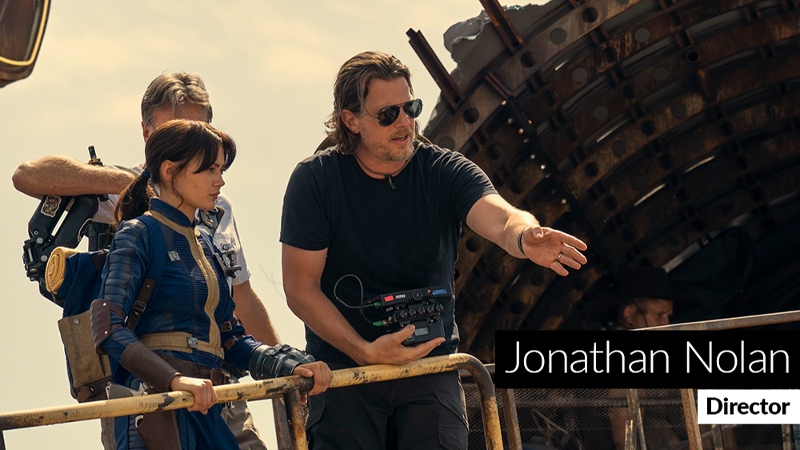
Long before he attempted to adapt “Fallout” for television, director Jonathan Nolan was a fan of “Fallout 3.” While working on the scripts for “Interstellar” and “The Dark Knight Rises,” he took a break to play video games and reset his brain, and he decided to try out a game that had been recommended to him. “All I really knew about it was that it was supposed to be good,” Nolan said. “I threw it in and started playing, and I had just not experienced anything like the tone of that game and its epic world-building qualities.” What most impressed Nolan was that the game was both vast in its scale and intimate in its details. “You could look over this vast wasteland, but you also felt like you could turn over and read every piece of paper on a desk. I just loved it, and over the years, I started to think, ‘Someone’s going to crack the code on adapting games for film and television, and it’s going to uncork a massive wave.'”
Little did Nolan know that he would be the one — along with showrunners Geneva Robertston-Dworet and Graham Wagner — tasked with cracking that code. When Nolan came on board “Fallout,” he was determined to retain the combination of “the cosmic and the intimate” that he felt distinguished the game and allowed the viewer to get lost in its world. To that end, he adhered to an approach that had served him well in the past. “We shot on film, on location, with as many practical effects as possible,” Nolan said, explaining that in every shot, he’s attempting to capture at least 80 percent of what will end up on screen in order to ground the audience in reality. “You’re really just asking the team to extend sets [and create] gentle manipulation of a real environment.” Although Nolan says his “incredibly talented” visual effects crew had to create thousands of shots, he still strove to give them “as little work to do as possible every day. I think people would be surprised to see just how much was in camera.”
In the video above, watch how Jonathan Nolan approached the world and performances of “Fallout.”
The Cinematography of ‘Fallout’
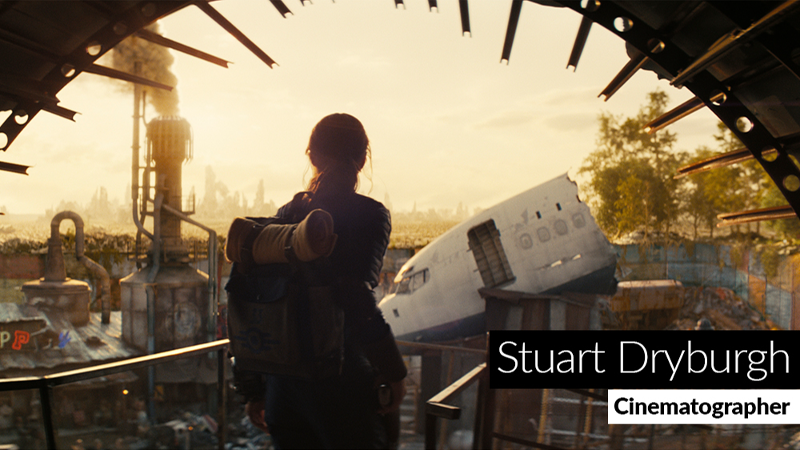
Like Nolan, cinematographer Stuart Dryburgh was impressed by the sheer scope of the “Fallout” video games. “Great atmosphere, great settings, and so many different locations and characters,” Dryburgh told IndieWire. That said, he felt that the lighting was not a key part of the visual design and something he would have to largely invent for the television series. “It’s a good-looking game, but not cinematic in a lighting sense.” As he began conceptualizing the show, Dryburgh’s guiding principle was to give each of the central locations its own look. “We needed each place to have a distinct color palette and atmosphere.” To that end, Dryburgh worked with production designer Howard Cummings to give the vault set a lighting style similar to that of a 1950s supermarket, heavy on fluorescent fixtures built into the set. “Essentially, we wanted the vault to be lit by the practical sources,” Dryburgh said, explaining that it gave him great flexibility with his camera. “We could run all over without worrying about where lights might have to be hidden.”
Dryburgh adopted completely different textures for the other key locations, like the “Brotherhood of Steel” headquarters that were filmed largely in Utah. “We used a lot of cyan tones and picked up off the neutral grays and whites of the salt flats where we were shooting,” Dryburgh said. “That’s a very muted palette, then for the major wasteland, the desert that we shot in Namibia, it’s very orange — very parched and brown.” Although scenes set in that wasteland were shot in other areas, too, like Utah and New York, Dryburgh used the landscape of Namibia as his reference point and kept the look consistent across the different shooting locations. In addition to the extensive location work, key scenes were shot on LED volumes with screens that extended the sets — a situation made more challenging for Dryburgh by shooting on film. “It’s so much easier on digital — what you see is what you get. With film you’ve got to make sure you’re exposing it at the right color temperature for the screens to interact with your foreground elements. It’s like, could you find a harder way to do it? But it looked great. The results speak for themselves.”
In the video above, watch Stuart Dryburgh discuss the visual style of “Fallout.”
The Score of ‘Fallout’
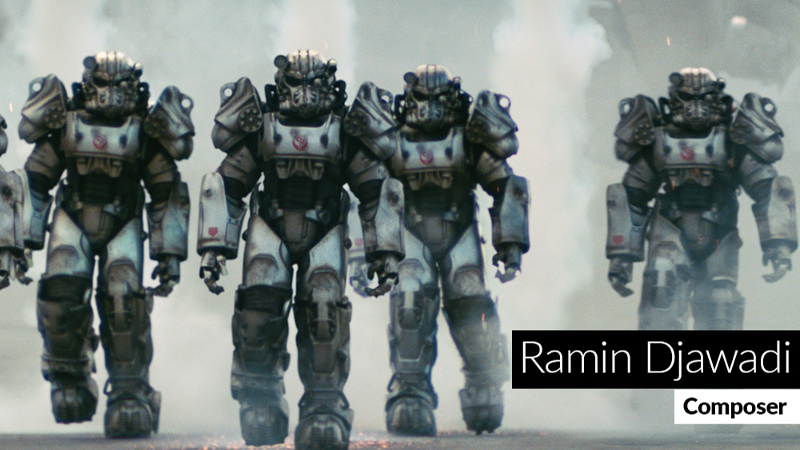
Like everyone else who worked on “Fallout,” composer Ramin Djawadi aspired to pay tribute to the game and use it as a jumping-off point for his own imagination. “The initial conversation was about asking, ‘How do we pay homage to the game?'” Djawadi said. “We obviously wanted to pay homage to the original score, that moody ambient sound.” A key question for the composer was how to approach the varied tones that the show introduced. “I remember one big conversation was about the comedy. There are certain ways to play comedy, and we ended up not playing it at all — we played it more seriously and tried not to accent the comedy. It was really about getting out of the way because the writing and acting were so great that the comedy really played on its own and didn’t need any support musically.” Where Djawadi used music to add dimension was in the characterizations, as he developed specific musical approaches for each of the main characters.
“If you look at our three main characters, they couldn’t be more different,” Djawadi said. For Walton Goggins’ Ghoul, Djawadi looked to the music of Italian composer Ennio Morricone for inspiration. “There’s a Western gunslinger vibe, so the theme had to work in this traditional spaghetti Western style, but also in a more deconstructed, detuned, rusty soundscape.” For Lucy, the heroine played by Ella Purnell, Djawadi began with a completely different style, though it began to merge with the Ghoul’s as her journey became darker. “With Lucy, we have this naive, pure character who is very hopeful,” he said. “Initially a clean, orchestral approach that descended more into the soundscape of the wasteland as she went on her journey.” For the third central character, Aaron Moten’s Brotherhood of Steel member Maximus, Djawadi adopted yet another sound. “We went with a very mechanical, heroic, militaristic approach with a lot of percussion and some French horn.” As the show progresses and the characters’ lives intersect, Djawadi’s score becomes more and more intricate, with different themes and styles bleeding into each other. According to the composer, it all stems from the characters. “I really enjoy letting the story lead me,” he concluded, “and this show was a particular joy.”
In the video above, watch how Ramin Djawadi created a lush musical soundscape for “Fallout.”
READ MORE CRAFT CONSIDERATIONS

Craft Considerations
How ‘Fallout’ Turned the Game’s First-Person Intimacy Into Compelling TV
Director Jonathan Nolan, composer Ramin Djawadi, and cinematographer Stuart Dryburgh tell IndieWire how they achieved both the intimate and the epic on the Prime Video series.
By Jim Hemphill
May 23, 2024 2:15 pm
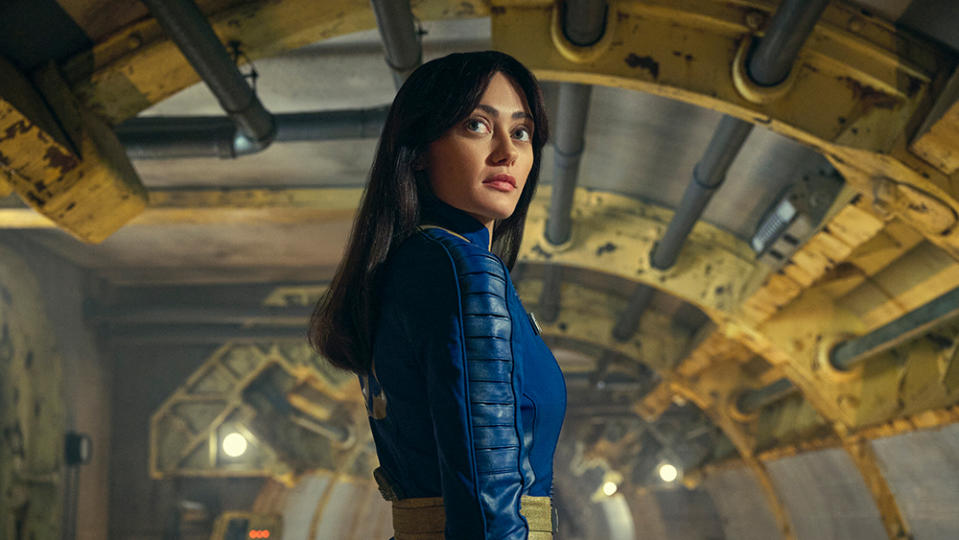
Craft Considerations
‘Fallout’ Builds a World Unlike Any Other — Including the Video Game
Inside building the post-apocalyptic world of Prime Video’s drama with production design, VFX, and prosthetics.
By Jim Hemphill
May 21, 2024 4:40 pm
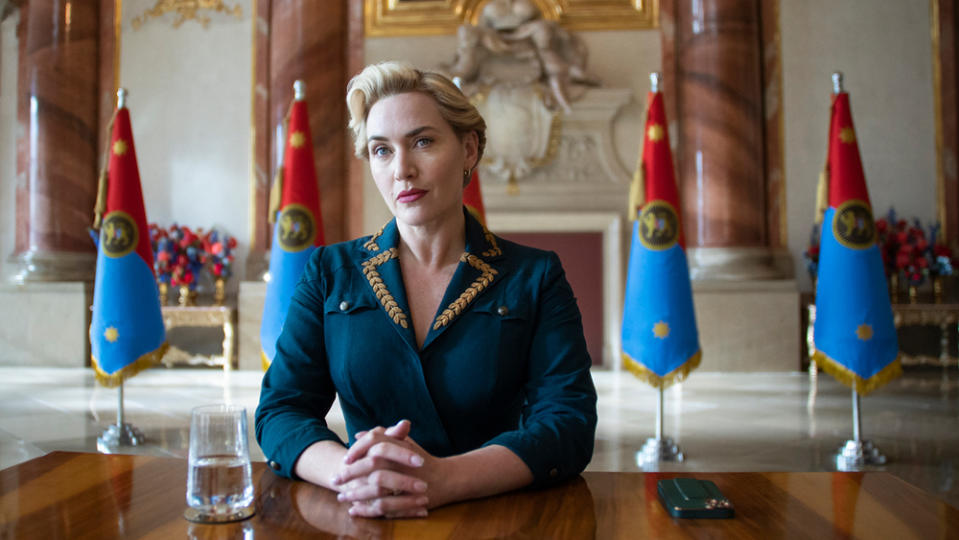
Craft Considerations
‘The Regime’ Created a World as Off-Kilter as Its Dictator
Watch how production designer Kave Quinn, costume designer Consolata Boyle, and composers Alexandre Desplat and Alex Heffes all keep the world in Kate Winslet’s thrall on “The Regime.”
May 16, 2024 1:00 pm
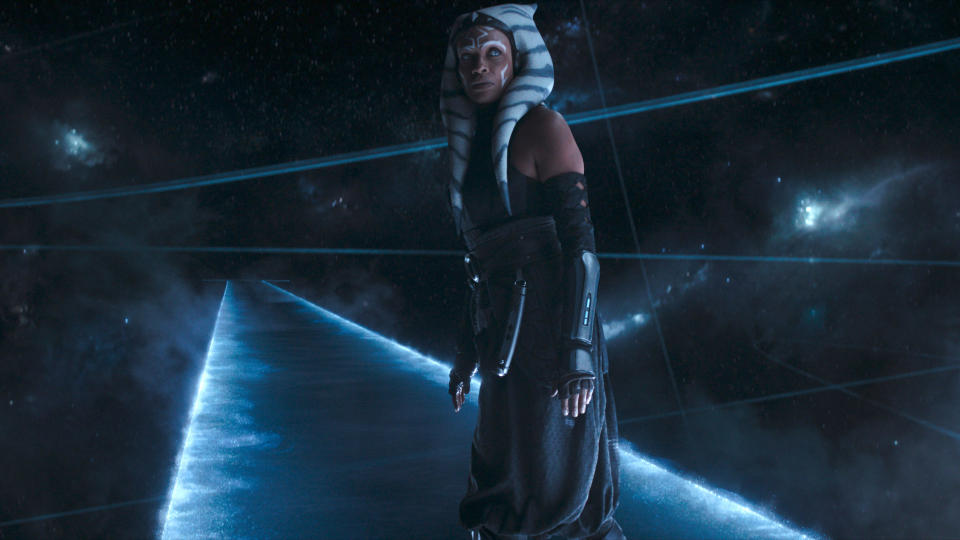
Craft Considerations
How ‘Ahsoka’ Goes Beyond the Star Wars Galaxy
Watch how the cinematography, production design, and hair and makeup teams discuss bringing balance to the forces of animation and live action in “Ahsoka.”
May 15, 2024 4:15 pm
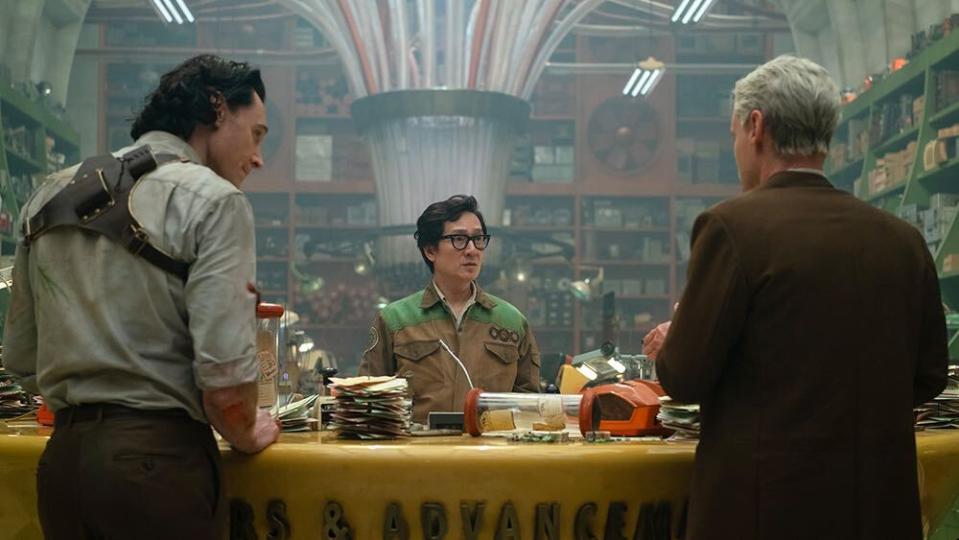
Craft Considerations
‘Loki’ Season 2 Was as Wild and Unpredictable as Its Title Character
Star Tom Hiddleston, directors / executive producers Justin Benson and Aaron Moorhead, and production designer Kasra Farahani seized new opportunities to bring fresh depth to the series.
By Jim Hemphill
May 7, 2024 2:00 pm
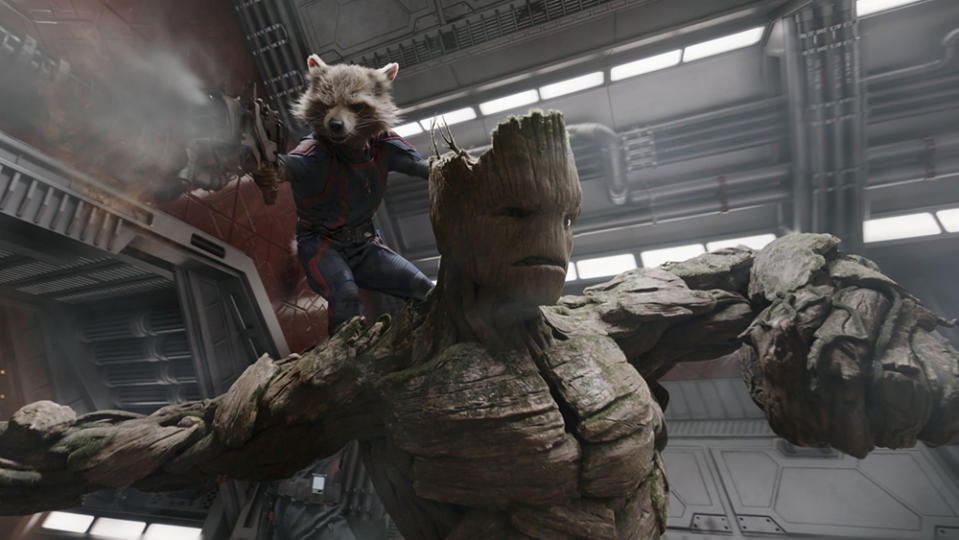
Craft Considerations
The Rocket Fuel of ‘Guardians of the Galaxy Vol. 3’ Visual Effects
The VFX Oscar nominee boasts expressive and detailed animation for Rocket and Groot, plus a two-minute, single-shot, climactic battle.
February 14, 2024 4:30 pm
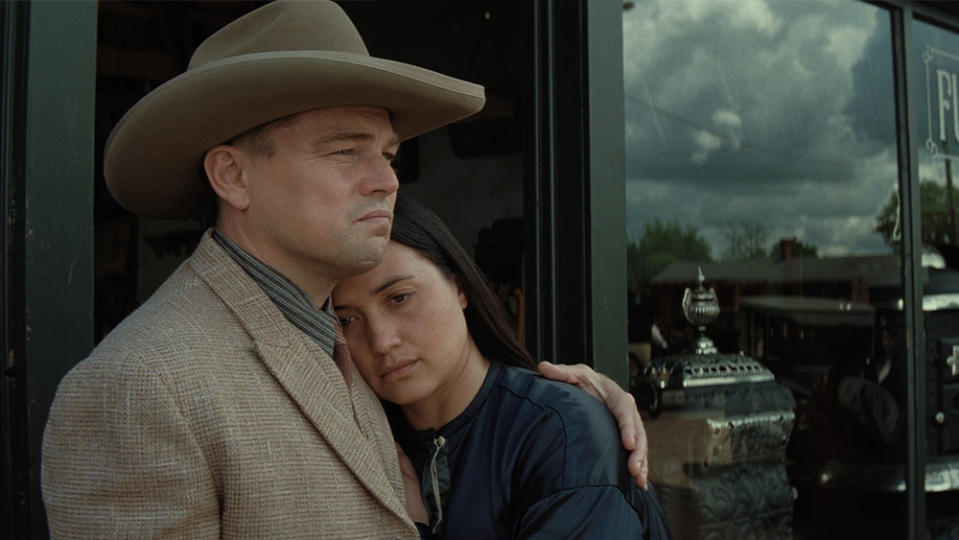
Craft Considerations
‘I Feel Such a Responsibility’: Inside Making of ‘Killers of the Flower Moon’
Watch costume designer Jacqueline West, cinematographer Rodrigo Prieto, and production designer Jack Fisk explore the visual language of “Killers of the Flower Moon.”
By Jim Hemphill
January 9, 2024 3:30 pm
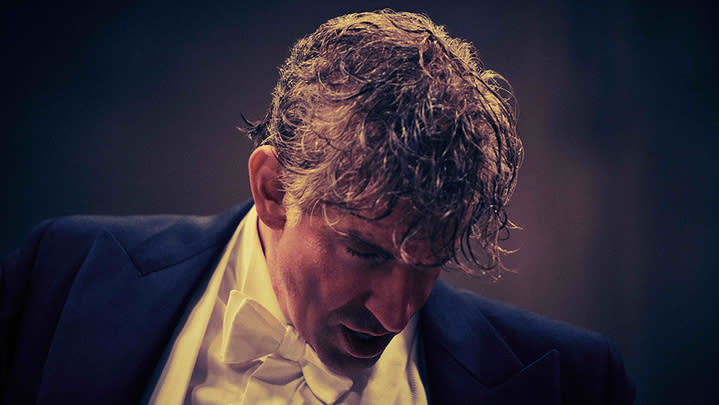
Craft Considerations
How ‘Maestro’ Hit the Notes of Leonard Bernstein’s Life
Watch cinematographer Matthew Libatique, costume designer Mark Bridges, and production designer Kevin Thompson break down the cinematic movements of “Maestro.”
December 27, 2023 12:00 pm
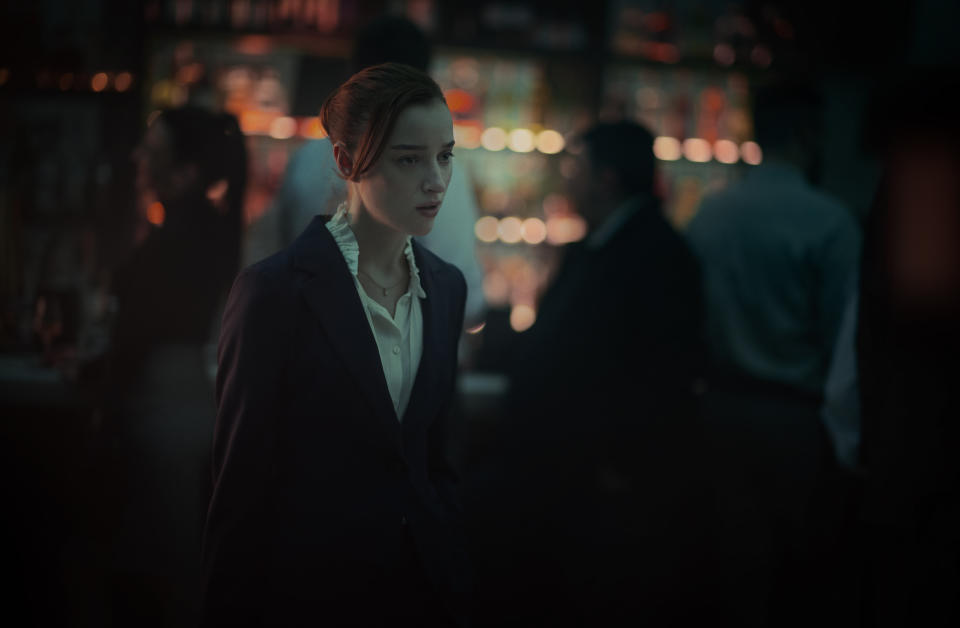
Craft Considerations
‘Risk Fuels Me’: Writer/Director Chloe Domont on Her Explosive ‘Fair Play’
The first-time filmmaker behind the Netflix thriller took some big swings — here’s how they paid off.
By Jim Hemphill
December 22, 2023 1:30 pm
Best of IndieWire
Every Palme d'Or Winner from the Cannes Film Festival, Ranked
The 13 Best Thrillers Streaming on Netflix in May, from 'Fair Play' to 'Emily the Criminal'
The Best Father and Son Films: 'The Tree of Life,' 'The Lion King,' and More
Sign up for Indiewire's Newsletter. For the latest news, follow us on Facebook, Twitter, and Instagram.


